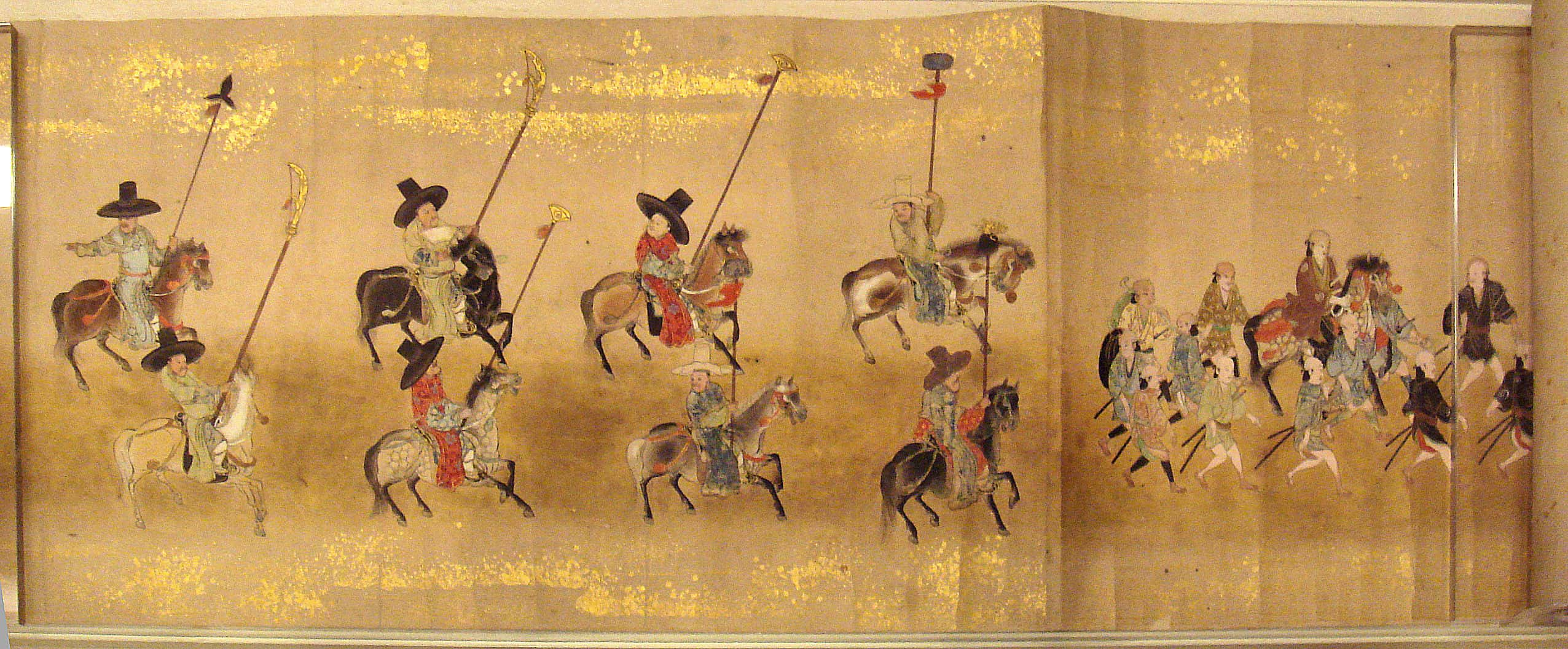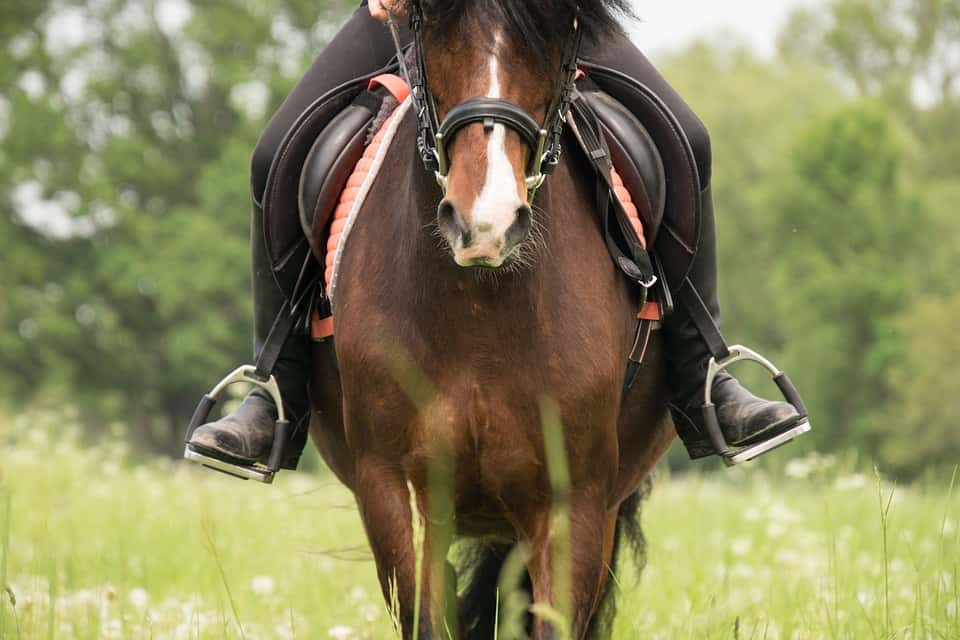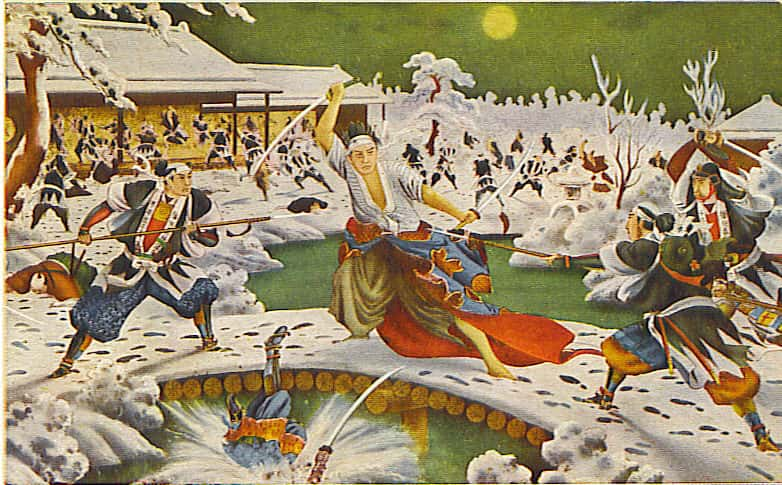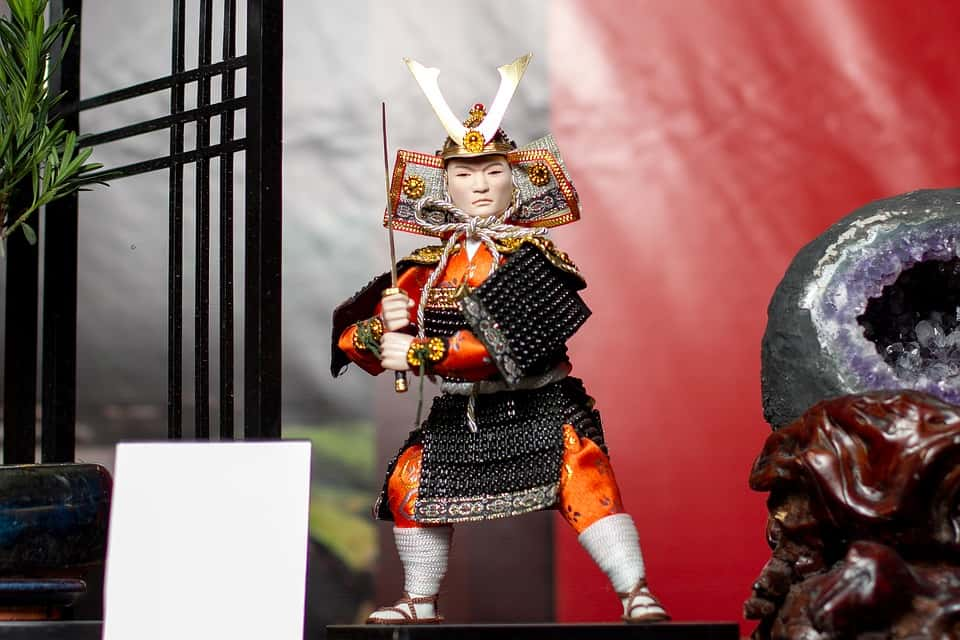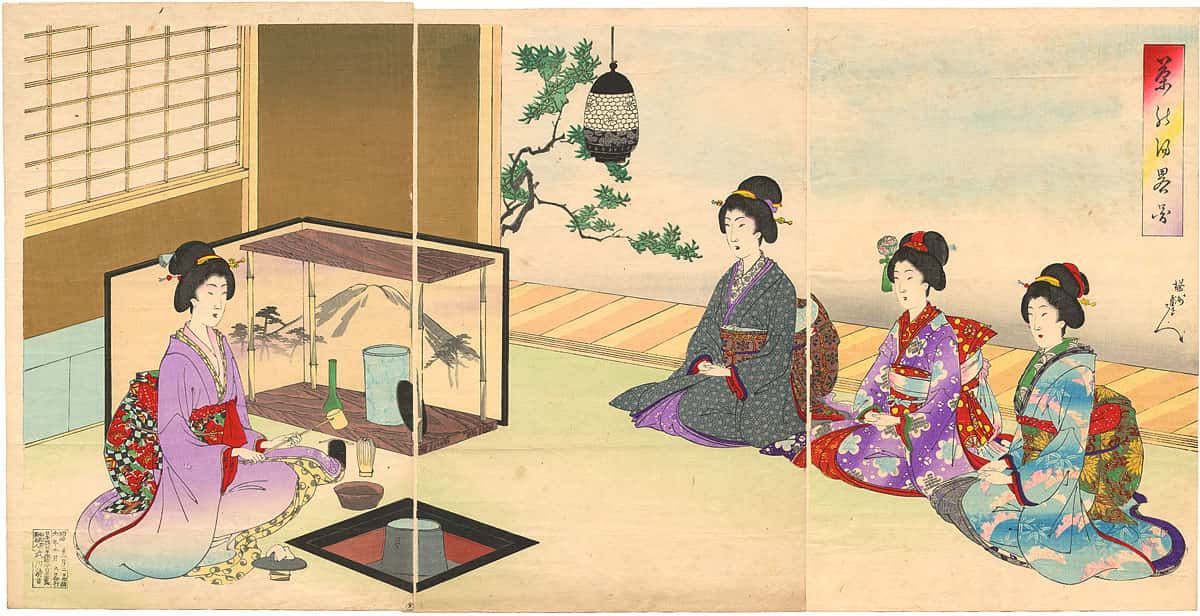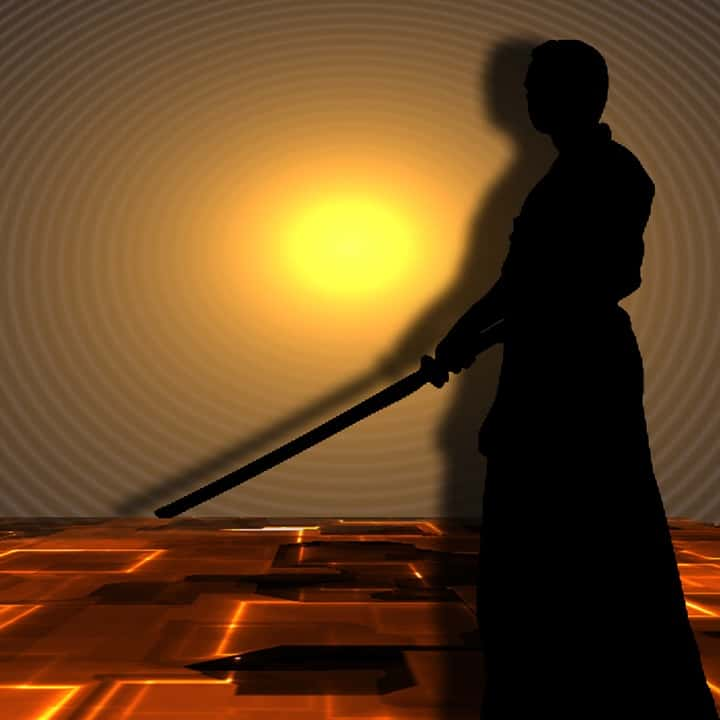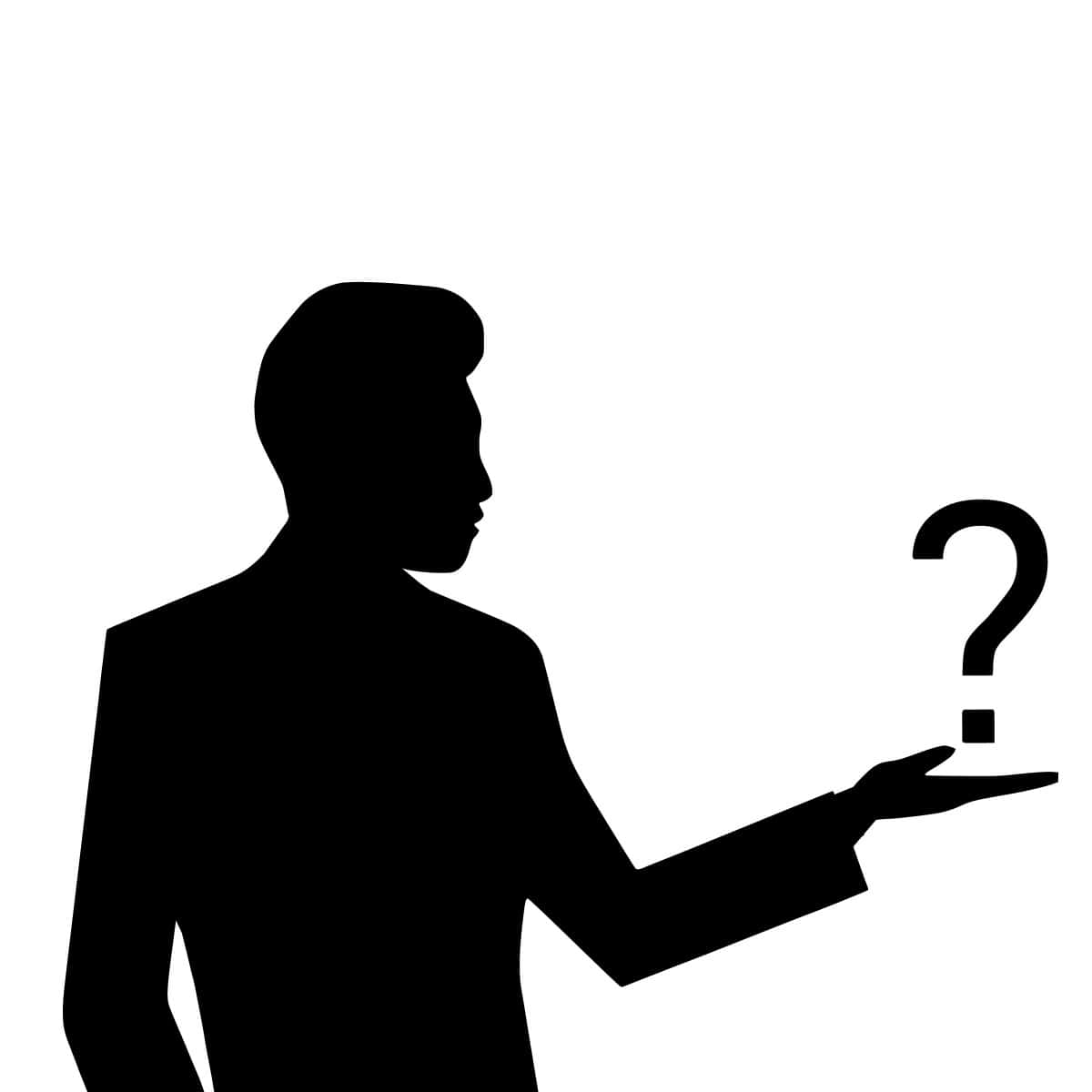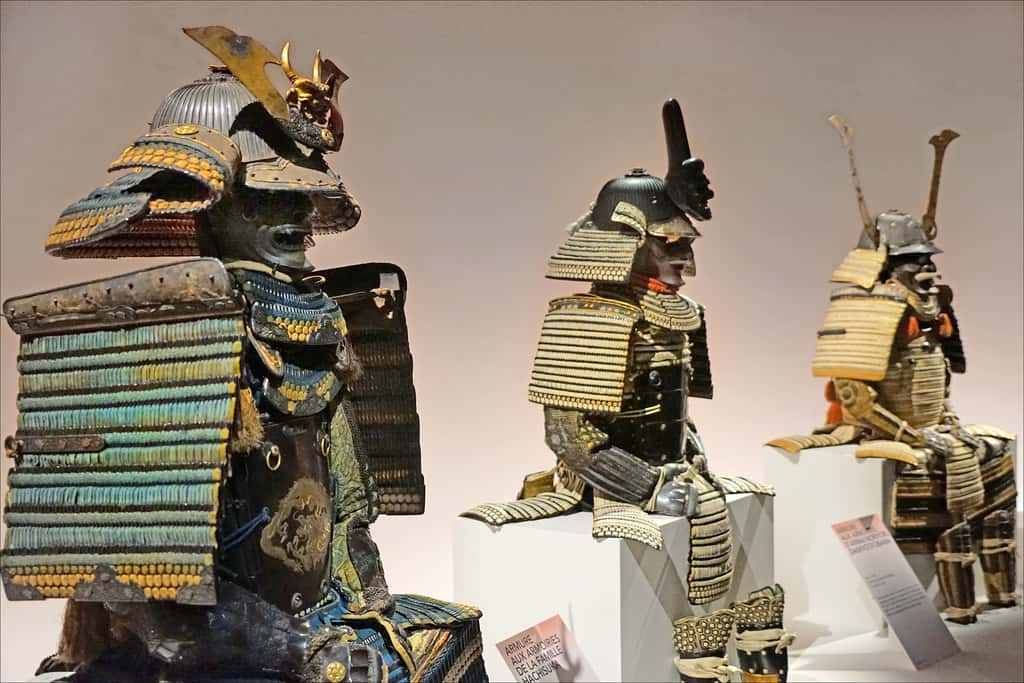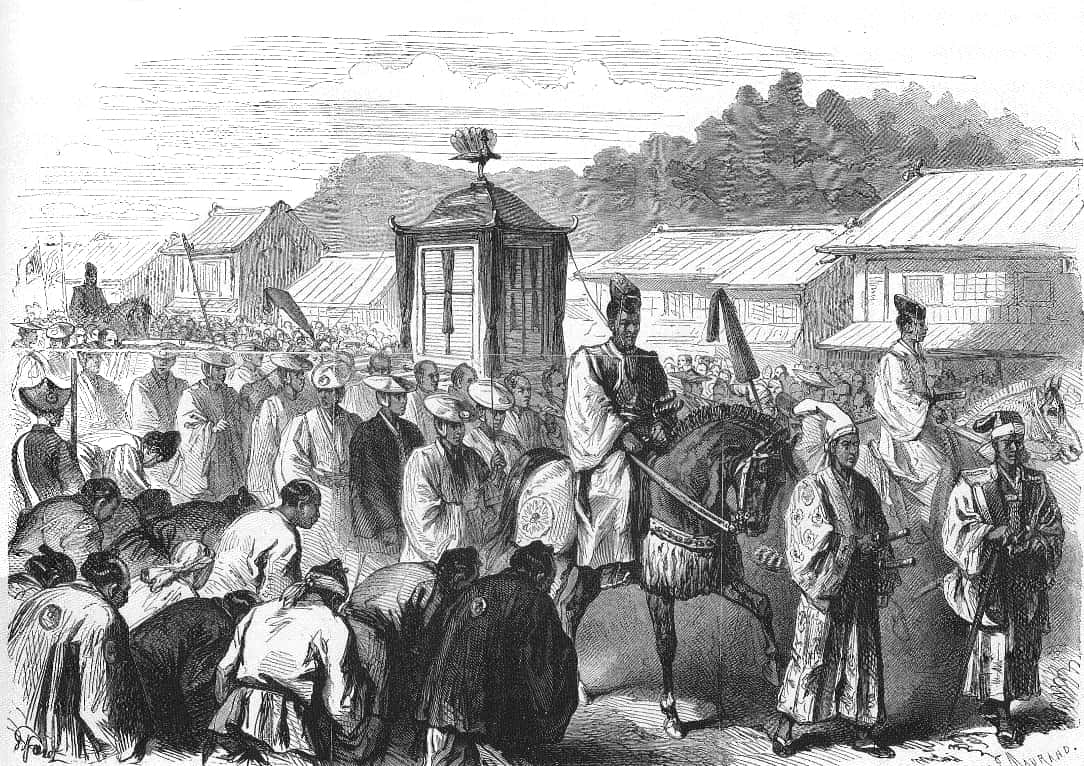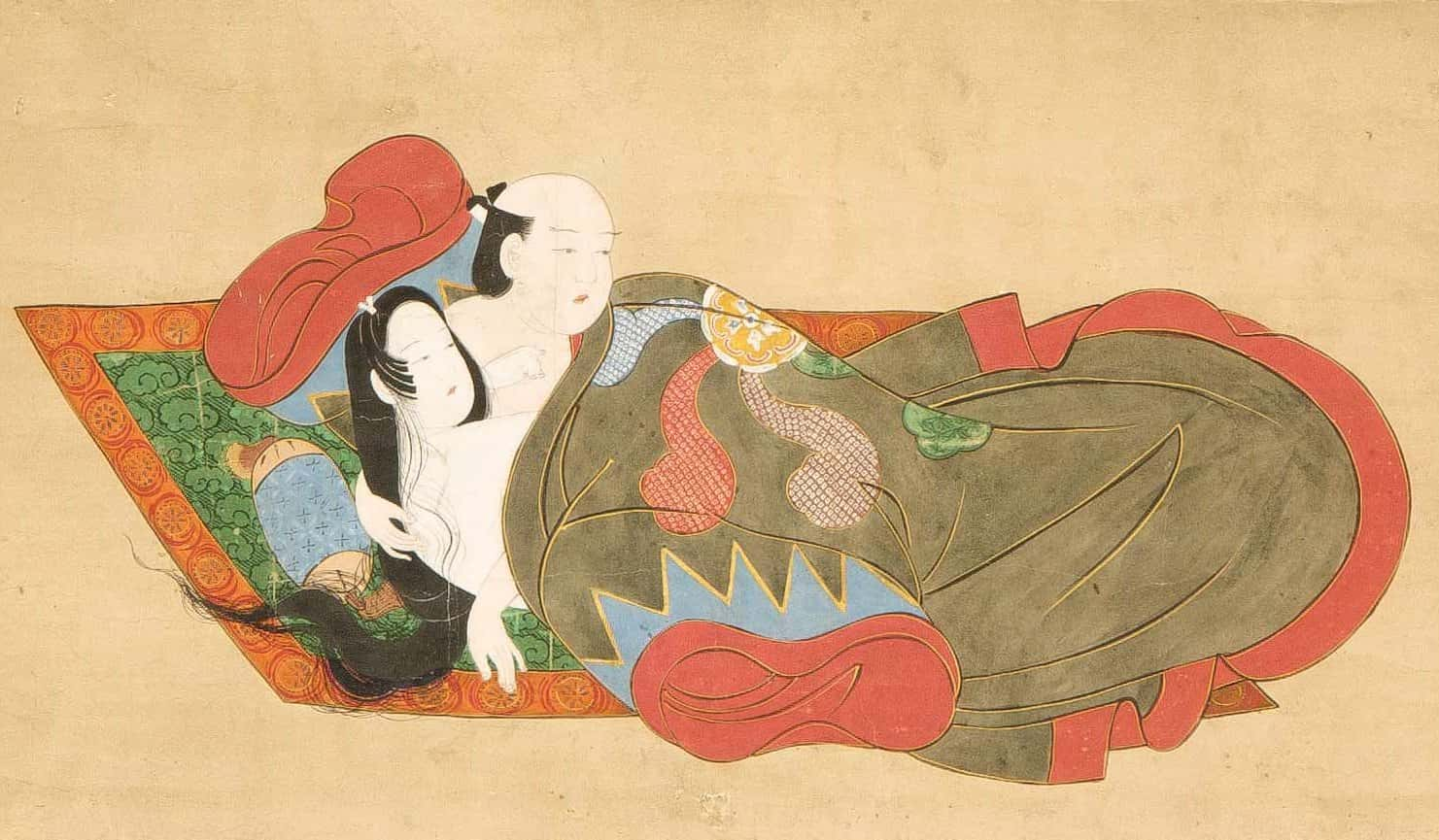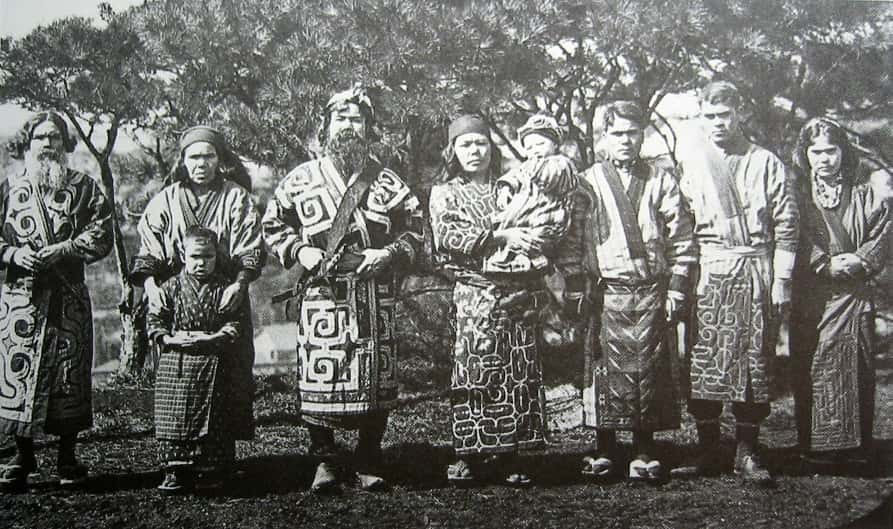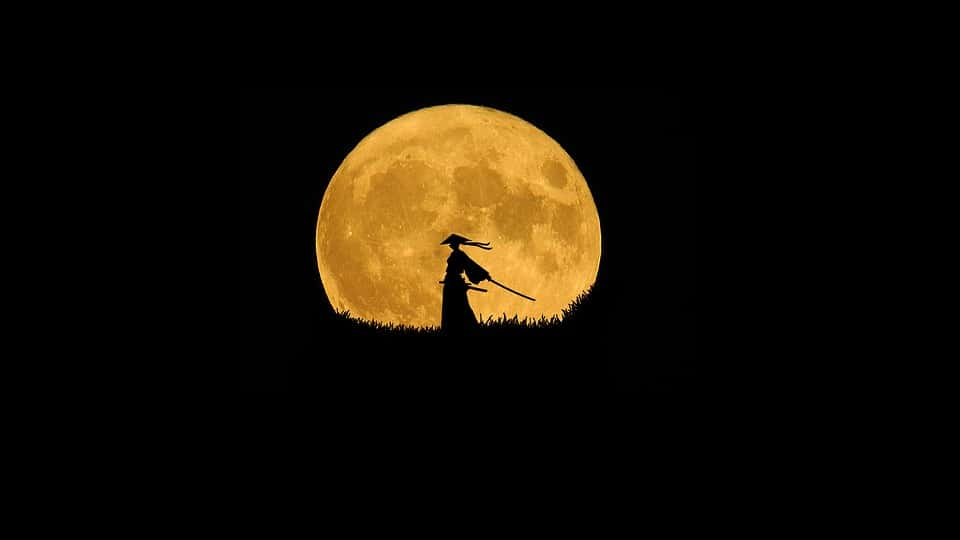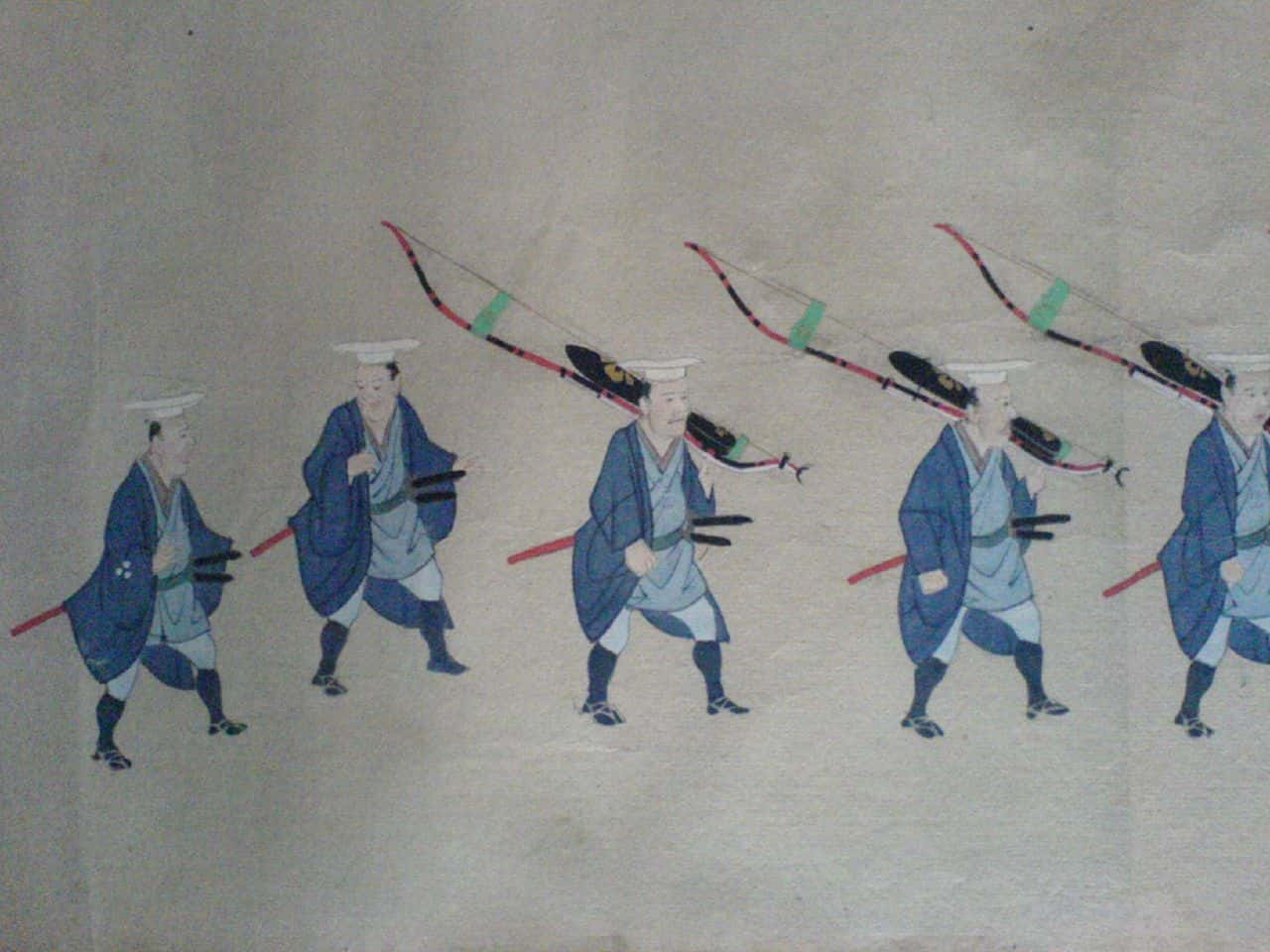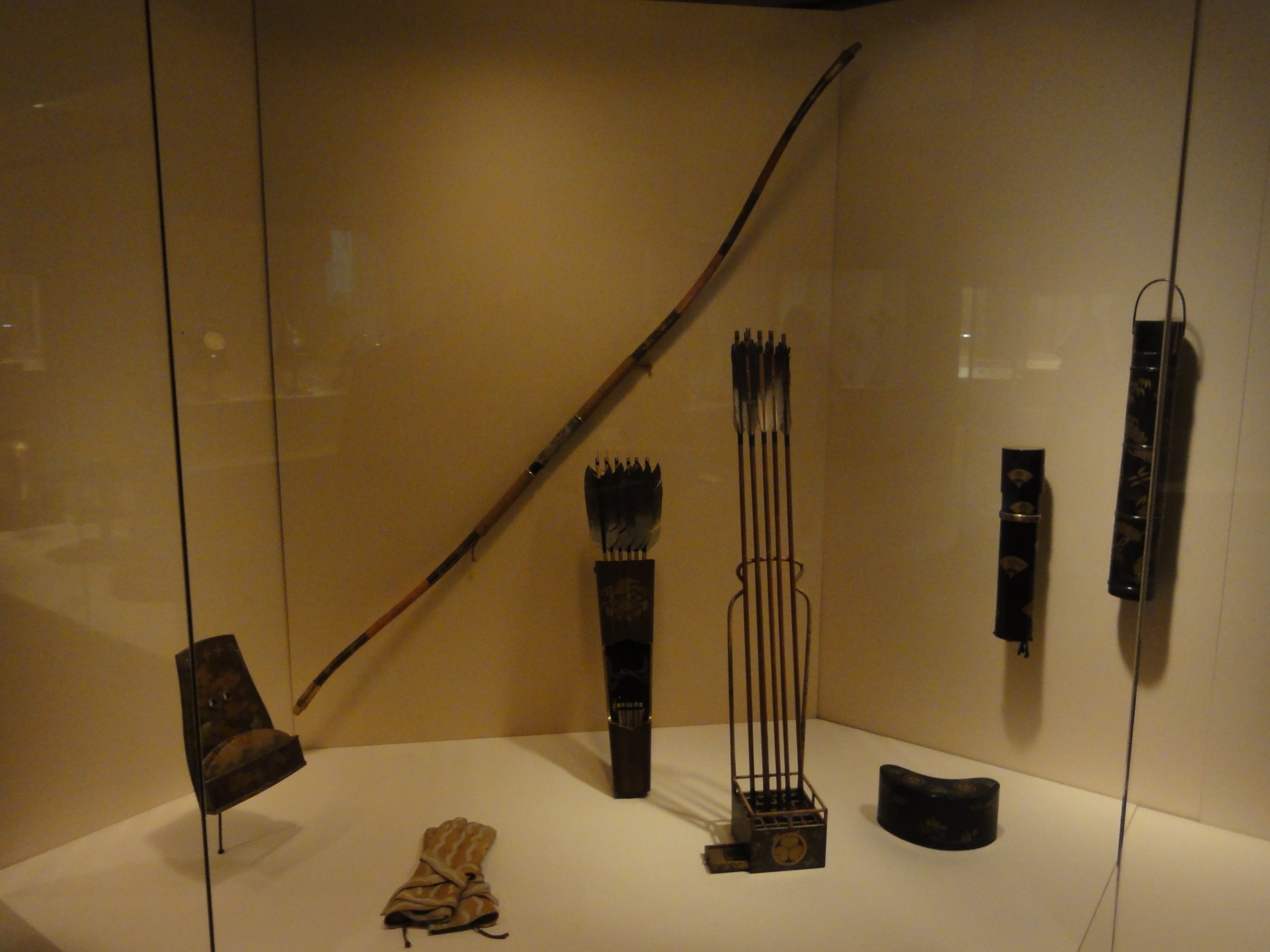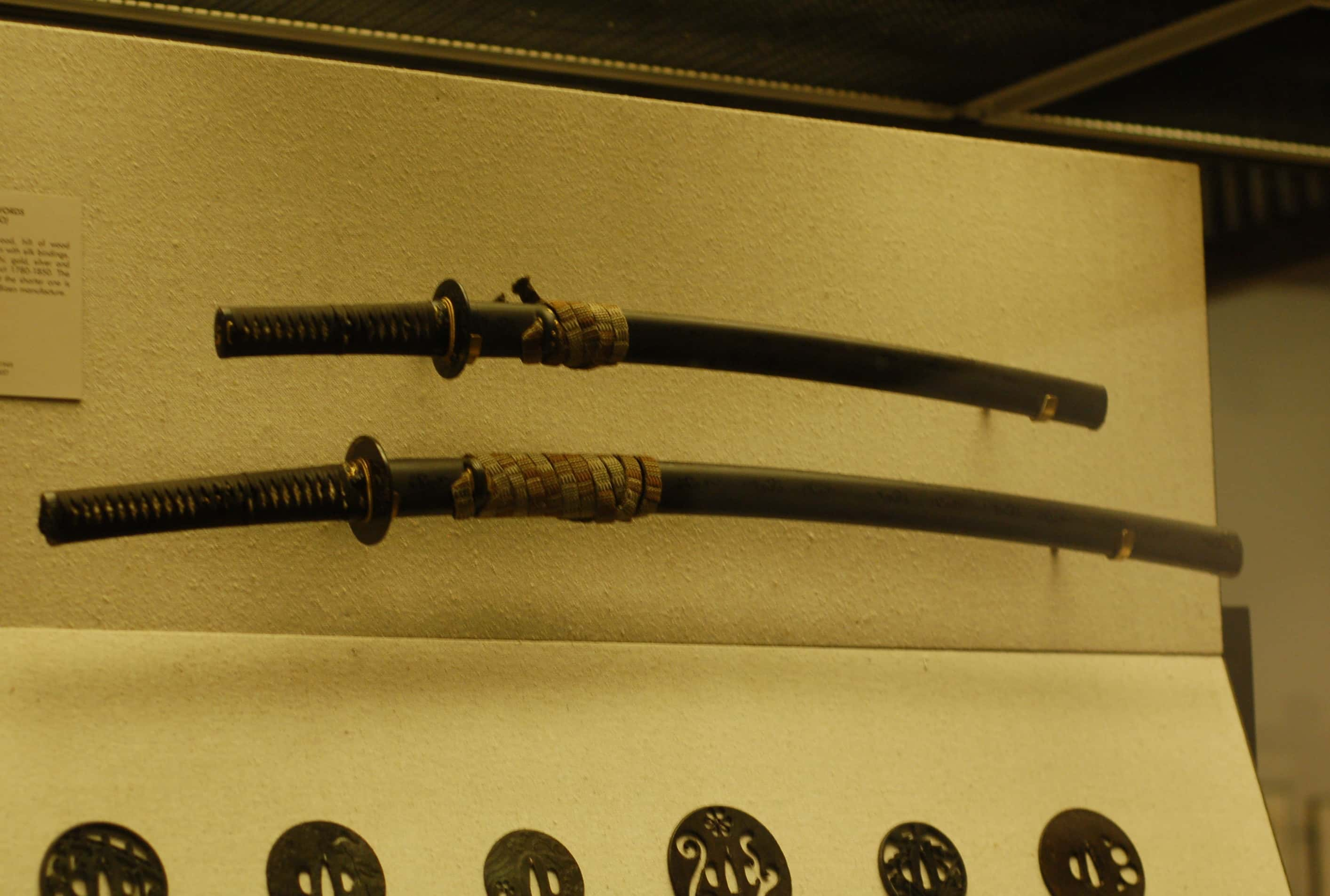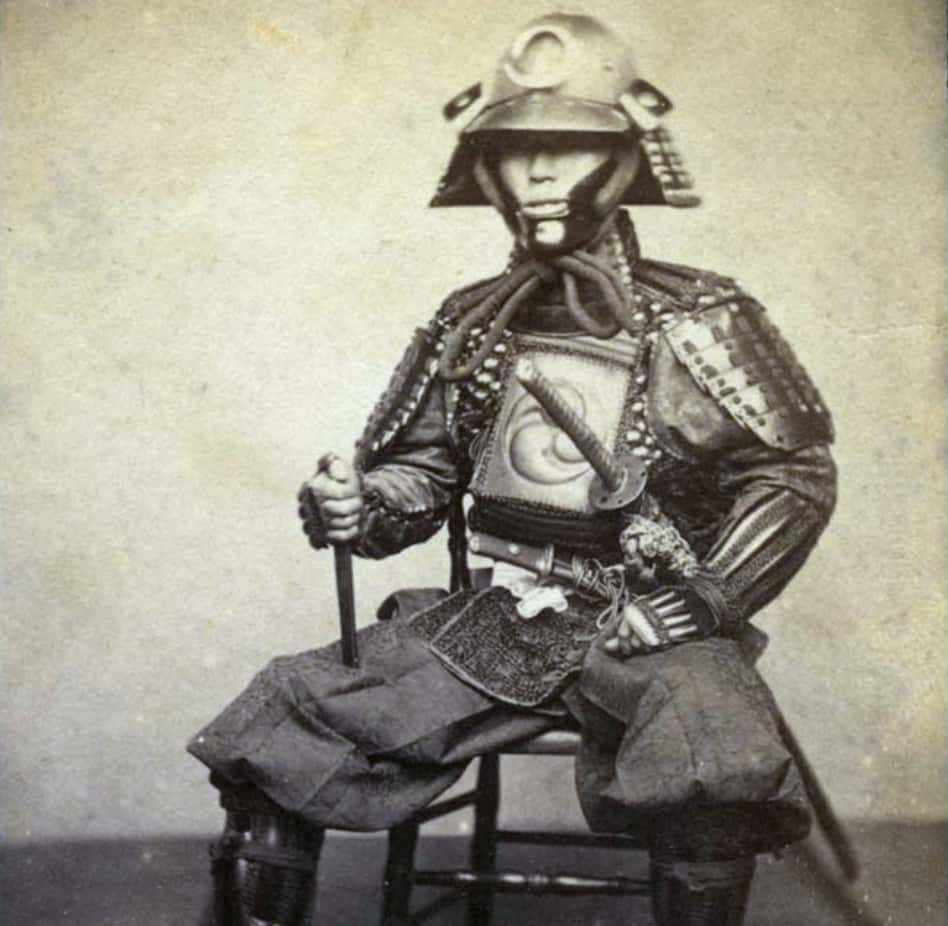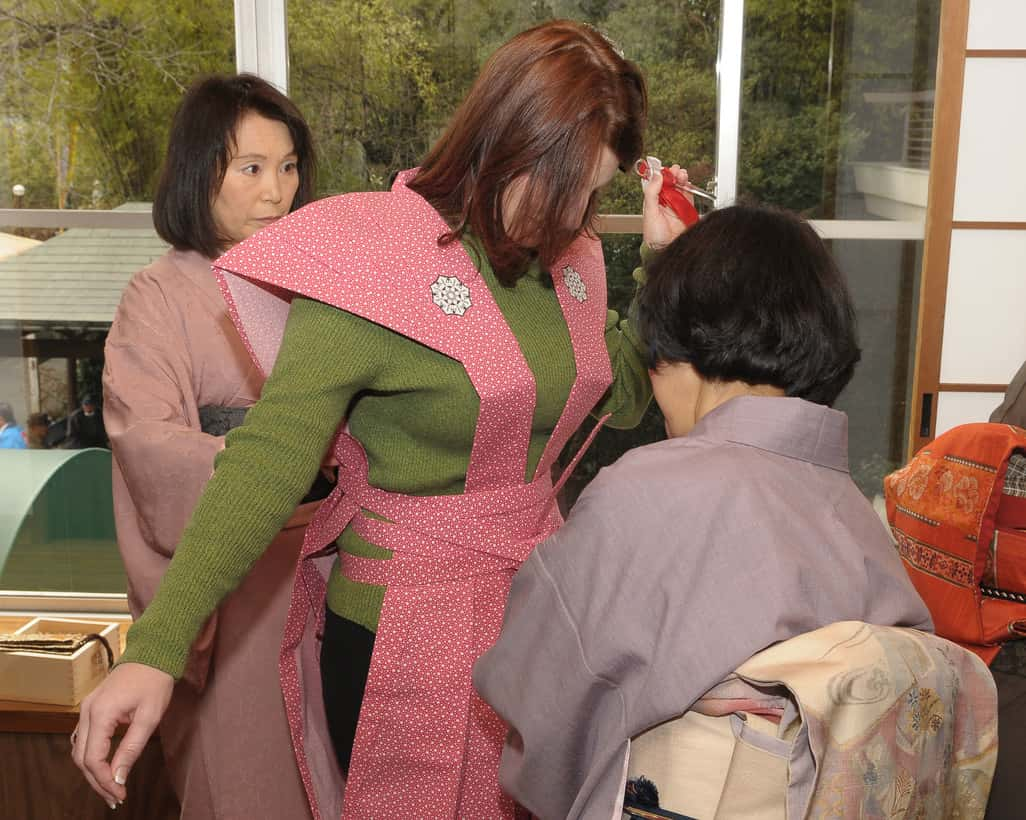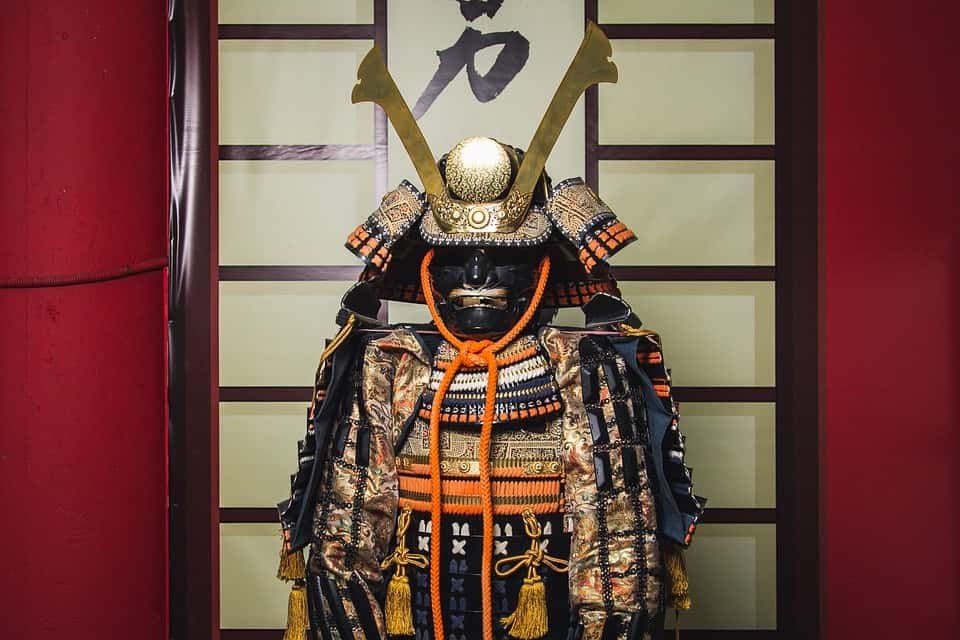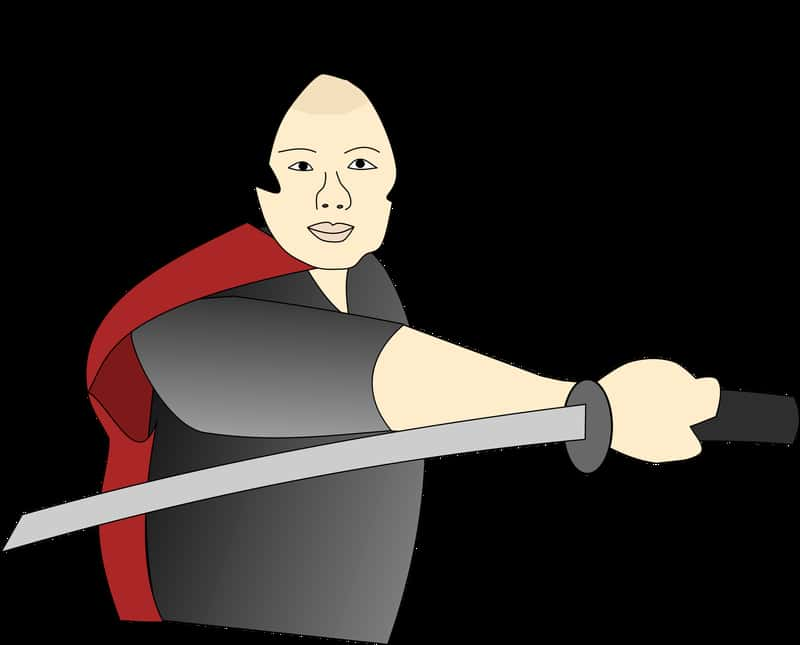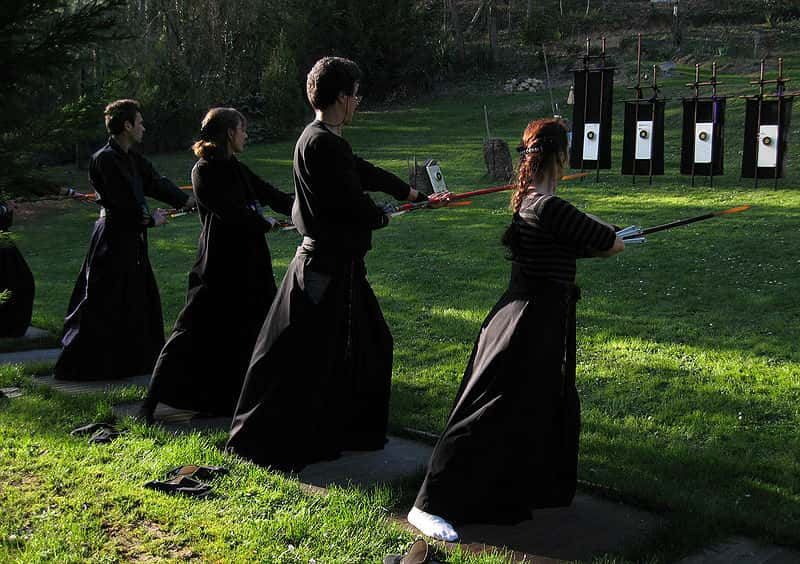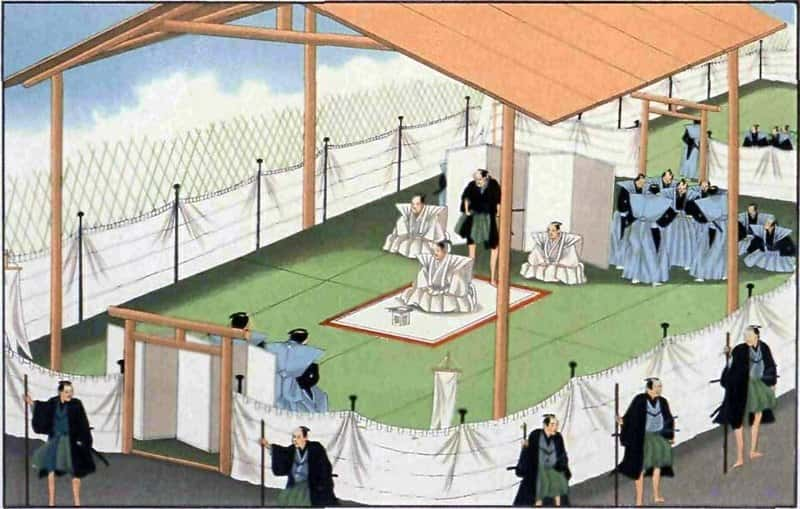Quiz: How Much Do You Know About Japanese Samurai?
Reset Quiz ♻️
What political period eliminated the samurai as a class?
The Meiji Restoration took power away from the samurai-run shogunates and put it back into the hands of the Emperor. The samurai class would never again be in control of the nation.
According to etymologists, what does the term “samurai” mean?
In Japanese, samurai are often simply called bushi or buke. The term “samurai” is thought to come from the Japanese word "saburau," for "those who serve in close attendance to the nobility." Throughout their long history, samurai more than upheld that honorable position.
True or False: At one point, only high-class samurai were allowed to ride horses.
Only higher-class samurai were given the privilege of a steed; the other, lesser samurai had to learn to do without.
How many duels did the great ronin Miyamoto Musashi fight, all undefeated?
Miyamoto was an absolute master, felling no less than 61 men in duels throughout his life. It’s said that he even once beat a formidable foe with only a wooden practice sword!
What were the 47 Ronin famous for?
The 47 Ronin are now famous, both in the East and West, for their immense loyalty to their lord. Their master was honor-bound to commit seppuku after assaulting a court official. His samurai, now lordless ronin, waited a whole year before seeking revenge on the official, killing him. They then took their own lives in their own seppuku ritual, cementing their place in Japanese legend. Hardcore, man.
Which of these men or women was NOT a famous samurai?
Kukai was a Grand Master Buddhist monk, scholar, and poet who died in 835. A proponent of peaceful living, he was hardly cut out for the samurai life.
True or False: A samurai was forbidden to marry a commoner.
Although higher-class samurai were told to marry into their own class, often through arranged marriages, lower-class samurai were free to marry into the common classes.
According to some sources, who was one of the earliest onna-bugeisha, or female samurai warriors?
According to legend, Empress Jingu avenged the death of her husband by invading Korea—all without shedding a single drop of blood.
According to Nitobe Inazo’s Eight Virtues, what is NOT a tenet of bushido?
Though many samurai were physically dextrous and athletic (they had to be, to fight all those battles!), the Eight Virtues focus more on mental feats than physical prowess.
What is a samurai who serves no lord called?
When their lord died, samurai were supposed to kill themselves in the ritual sacrifice of seppuku. Ronin often betrayed this tradition and set out on their own without a lord or master, despite the societal shame this choice brought.
Who was the great English samurai who started off as a sailor and then served the shogun Tokugawa Ieyasu in the 1600s?
William Adams became the great Tokugawa’s advisor, and was eventually bestowed the honor of becoming a samurai. To do so, however, he had to leave behind his wife and children back in England.
True or False: No Westerner was allowed to become a samurai.
Western samurai were few and far between, but very rarely Westerners were allowed to take up the way of the samurai.
What is a daimyo?
During the reign of the shogunate, the daimyo were feudal lords who served the shogun. While the shogun ran the whole country (despite the figurehead emperor), the daimyo ran certain regions and groups of samurai within Japan.
After the Meiji Restoration, many samurai turned to what occupation?
Because bushido encouraged learning in many aspects of art and culture, many samurai turned to the written word to make ends meet after the Meiji Restoration.
What year did the Meiji Restoration occur?
Although the way of the samurai lasted centuries, it came to an end in 1868.
What is the name for the samurai’s code?
Bushido, which translates to “Way of the Warrior,” was a set of rules samurai had to
follow, upon pain of dishonor or death.
True or False: A married samurai could never divorce.
Although divorce was very rare, and often discouraged partly because of the embarrassment involved, it did sometimes happen, and was permitted in samurai culture.
What was likely the last samurai battle?
The Battle of Senbon was a part of the Satsuma Rebellion, as well as a series of other rebellions against the Tokugawa shogunate. It was the last samurai battle of note before the collapse of the samurai system.
Why do historians think the samurai class might be descended from the Ainu peoples?
Although the Ainu people were often disparaged in Japanese culture, some historians have suggested, based on physical similarities between the samurai class and the Ainu (like lighter skin and hairier bodies), that many samurai were descended from the Ainu ethnic group.
What is wakashudo?
Like the Ancient Greeks before them, the samurai honored the mentor/mentee relationship, and this often included taking a young male solider-in-training as a bed companion.
True or False: The samurai never wielded weapons that used gunpowder.
The samurai took advantage of every possible technical advancement they could, and once gunpowder was invented they got right on it, favoring matchlock rifles, also called tanegashima. These rifles were particularly favored in Edo-period Japan.
The samurai longbow, also called a yumi, was characterized by an asymmetrical shape. Why do historians think the bows were designed this way?
We don’t know for sure why the Japanese yumi was asymmetrical, but the most compelling theory was that it allowed samurai archers to kneel or crouch while shooting, giving more stealth and stability in combat.
The combination of a katana and the smaller wakizashi blade was known as what?
The bigger katana blade and the smaller wakizashi sword were known as “daisho,” which translates literally from Japanese as “big little.” If a man possessed both these blades, it often meant that he was a samurai.
Whose helmet was inspired by the samurai’s armor?
Darth Vader’s spooky black helmet, particularly its neck guard, is inspired by the samurai’s ingenious, effective helmet design.
What was the preferred weapon of the onna-bugeisha, Japan’s female warriors?
Female samurai warriors preferred to fight with a long spear topped with a curved blade known as a naginata. It was lightweight and versatile, perfect for these deadly women.
True or False: The samurai class also had female warriors.
Although they were not called “samurai” warriors, the samurai class did have women who were trained in combat. They were called onna-bugeisha, and they fought alongside their male counterparts. Research even suggests that these female warriors were more prevalent in Japanese armies than history has given them credit for.
Why did samurai wear topknots?
Although the topknot is now a hipster fashion trend, the samurai wore topknots to
help keep their helmets on their heads while they were engaged in the chaos of
combat. Smart!
What are “hakama”?
Samurai usually wore hakama pants along with a long-sleeved vest. The whole outfit
was called a hitatare, and it was designed to give the warrior a wide range of
movement.
True or False: The samurai were a small, elite warrior force.
Although they often get compared to Navy SEALS, samurai were actually a much larger group, and came from an entire class of people. At their height, it’s estimated that
samurai made up as much as 8% of the Japanese population. That’s not nothing!
If a samurai failed to follow the Bushido code, what was the name for their suicide ritual?
If a samurai was dishonored or captured by an enemy, they would perform
seppuku by thrusting a sword into their abdomen. Ouch. To make it even more
gruesome, they would sometimes then ask a friend to decapitate them.
Your Results
You’re a steely ronin warrior!
You live on the edges of samurai society and don’t necessarily follow all of its rules—but that actually makes you pretty cool. Keep on going down your own path.
You’re a daimyo!
You know so much about the way of the samurai, you’re practically a regional warlord, serving the shogun himself! Common samurai and ronin shiver in their hitatares when you walk the streets of Edo.
You’re a great shogun!
Like Tokugawa Ieyasu before you, you’ve got enough knowledge about the samurai to qualify as a mighty shogun. From bloody battle tactics to learned philosophy, you’ve got the bushido locked down. We bow down to your greatness!
Quiz
Japan’s samurai ruled the nation with an iron fist for centuries. Well-educated in art, science, and of course war, the samurai lived highly-regulated lives that depended on strict codes of honor and respect. The samurai were incredible warriors, but their way of life all but disappeared after Japan’s Meiji Restoration. Their traditions may be gone, but are they forgotten? Test your knowledge of the mighty, ancient samurai with this quiz.
Dear reader,
Want to tell us to write facts on a topic? We’re always looking for your input! Please reach out to us to let us know what you’re interested in reading. Your suggestions can be as general or specific as you like, from “Life” to “Compact Cars and Trucks” to “A Subspecies of Capybara Called Hydrochoerus Isthmius.” We’ll get our writers on it because we want to create articles on the topics you’re interested in. Please submit feedback to hello@factinate.com. Thanks for your time!
Do you question the accuracy of a fact you just read? At Factinate, we’re dedicated to getting things right. Our credibility is the turbo-charged engine of our success. We want our readers to trust us. Our editors are instructed to fact check thoroughly, including finding at least three references for each fact. However, despite our best efforts, we sometimes miss the mark. When we do, we depend on our loyal, helpful readers to point out how we can do better. Please let us know if a fact we’ve published is inaccurate (or even if you just suspect it’s inaccurate) by reaching out to us at hello@factinate.com. Thanks for your help!
Warmest regards,
The Factinate team
